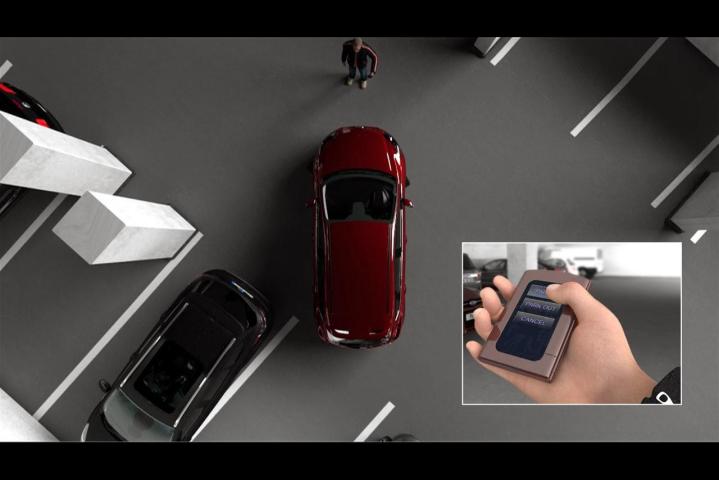
Parking in a tight spot is the bugbear, as Ford Europe calls it, of every driver. Soon, however, frustrating parking might be a thing of the past – at least in Fords.
As automakers unveil self-driving cars, they are also debuting self-parking cars.
Now Ford has followed suit with the “Fully Assisted Parking Aid.” Just like Volvo, the Ford system will park itself, without the driver inside the car. Unlike Volvo, however, the Ford won’t drop you off and go about finding its own spot.
As you can see in the video below, Fully Assisted Parking Aid will identify a spot, let the driver out, and complete the parking job alone. While the car is capable of parking itself without input, as it can control throttle, brake, steering, and transmission gears on its own, the driver must still activate the system with a remote control.
While Fully Assisted Parking Aid is only in prototype stages at this point, according to Car Scoops. I wouldn’t be surprised, though, to see a production version ready for 2017. Most Fords can already parallel park themselves, with the driver selecting transmission gears and operating the brake and throttle. So sending self-parking cars into the market isn’t a huge stretch.
We recently played around with a self-parallel parking Ford and absolutely loved it. It is rather strange, though, to watch the steering wheel whip around by itself. Watching your car park, I suspect, will be even more peculiar.
Editors' Recommendations
- Your next car could have TiVo built-in
- Ford reveals the vehicle destined for its autonomous-car services
- Aftermarket autonomy: This magic box gives your car self-parking abilities
- Ford can use your voice to make your car’s wheels theftproof
- Ford could build its next Mustang-inspired electric car on Volkswagen bones


